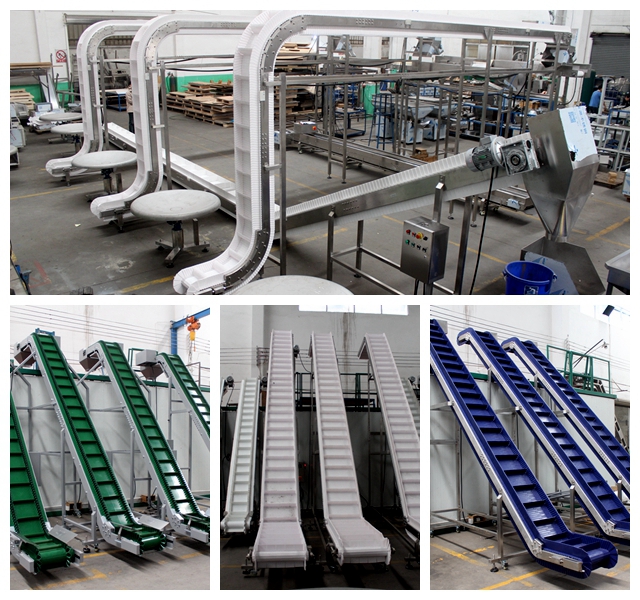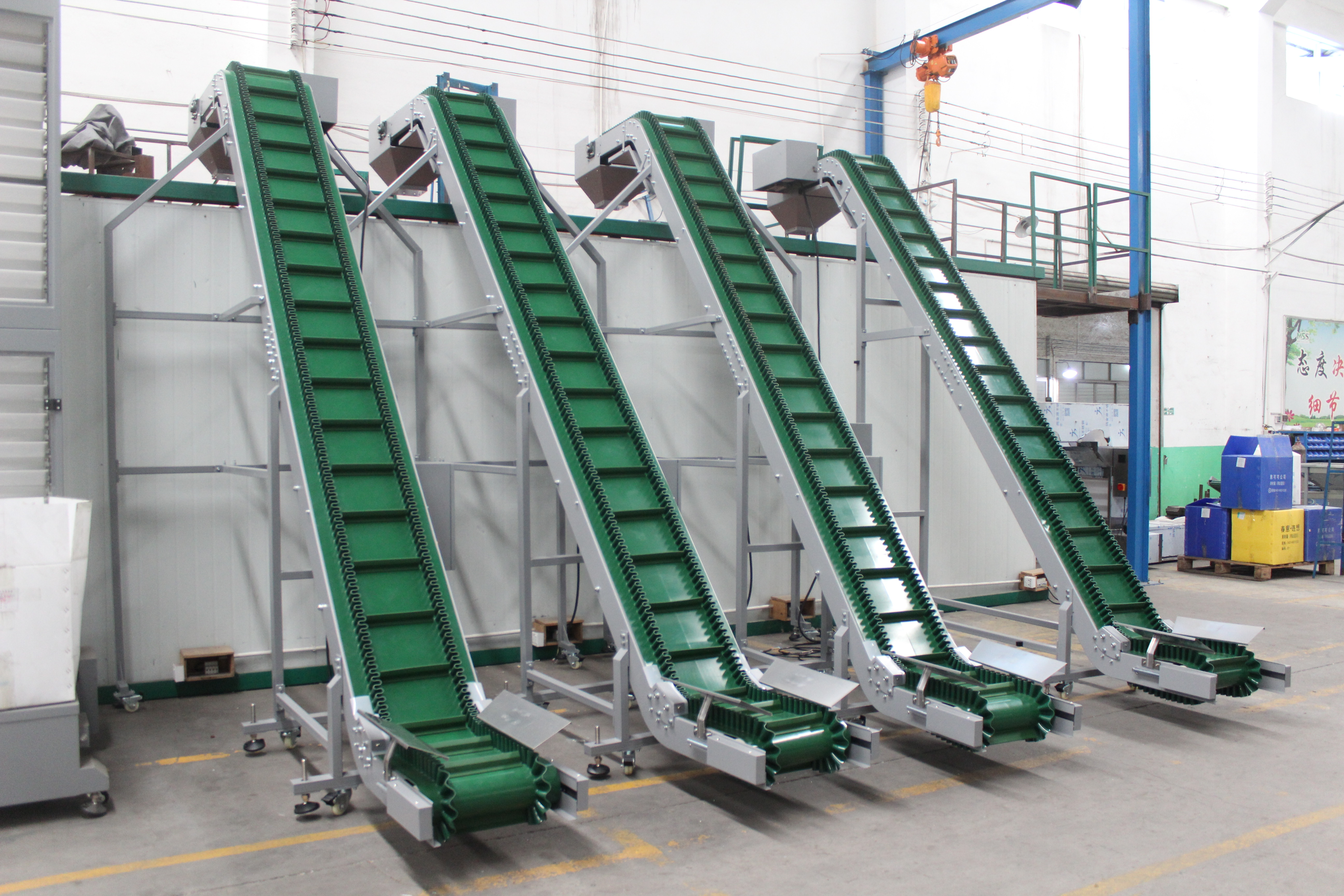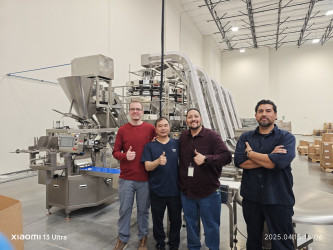Three Tips for Buying Food-grade Belt Conveyors
As authorities strive to ensure the safety of consumers who make food, food manufacturing standards and regulations are constantly evolving and changing. The USDA, the FDA, and the Bakery Industry Safety Standards Committee (BISSC) have issued new directives that may require facilities to modify or even replace their existing belt conveyors to meet current standards.
Three tips for purchasing food-grade conveyors
When purchasing food-grade belt conveyors, the following factors should be considered in the equipment procurement process:
Convenience and speed of hygiene
Hygiene is the most important aspect of food-grade conveyors. Food grade conveyor belts should be cleaned quickly and easily, and rinsed using a CIP or COP system. The conveyor should be able to withstand the high pressures and temperatures associated with water, steam, or chemical cleaning, and the drive motors and gearboxes should be flushed and equipped with seals to avoid being affected when removing peripheral equipment.
Food-grade conveyors vary in ease and speed of cleaning. Look for features such as quick-release clamps and fasteners (removable without tools) that minimize downtime and facilitate rapid equipment turnaround. In addition, when purchasing food-grade conveyors, look for open designs and pivoting features to make parts easy to access, access port availability, and more.
Design and Construction
Food-grade conveyors should have frames and surfaces made of materials that are resistant to corrosion and accumulation of contaminants. The frame shall be made of stainless steel and consist of a sturdy frame member. The frame member shall be free of inclusions and contaminants shall not enter it. The conveyor belt should be made of an antibacterial material that inhibits the growth of pathogens. In addition, purchasers should consider the release characteristics of the conveyor belt for the material being processed, its abrasion resistance, ease of cleaning, and its ability to withstand extreme temperatures.
Food grade belt conveyors should be designed and constructed to handle the source of the contamination. Find equipment that prioritizes transportation to reduce leaks and other sources of possible contamination. These may include lubricants, corrosion, dust and other environmental pollutants and product spills. Cross-contamination is one of the risk factors for the application, and the degree to which the conveyor protects the product from cross-contamination sources should be considered when designing the conveyor. This reduces the need for frequent downtime and cleaning, and reduces the risk of contamination.
Value-added options
If your food-grade conveyor belt must be cleaned off-site, use equipment with options that can be transferred to designated cleaning stations. At the same time, regular cleaning of trays and sanitary covers is also required to facilitate cleaning of any spills and to prevent contamination of the product as it passes through the conveyor.
The food grade belt conveyor of Focus Machinery Co., Ltd
The conveyor belt(food grade belt conveyor) is made of food grade PP material with mold method, with good appearance, not easily deformed, bear high and low temperature.The machine allows for controlled feeds at one or more locations and can easily interface with various types of feeding devices.The conveyors are easy to install and disassemble, and the belt can be washed by water directly.

| Model | FM-3F3 Inclined Conveyor |
| Machine Frame | 304 stainless steel or carbon steel |
| Belt Material | PP belt, PVC belt, PU belt, Stainless steel belt |
| Production Capacity | 4-6.5m³/h |
| Machine Height | To be customized |
| Voltage | AC220v or three phase 380v, 50hz/60hz |
| Power Supply | 1.1kw |




